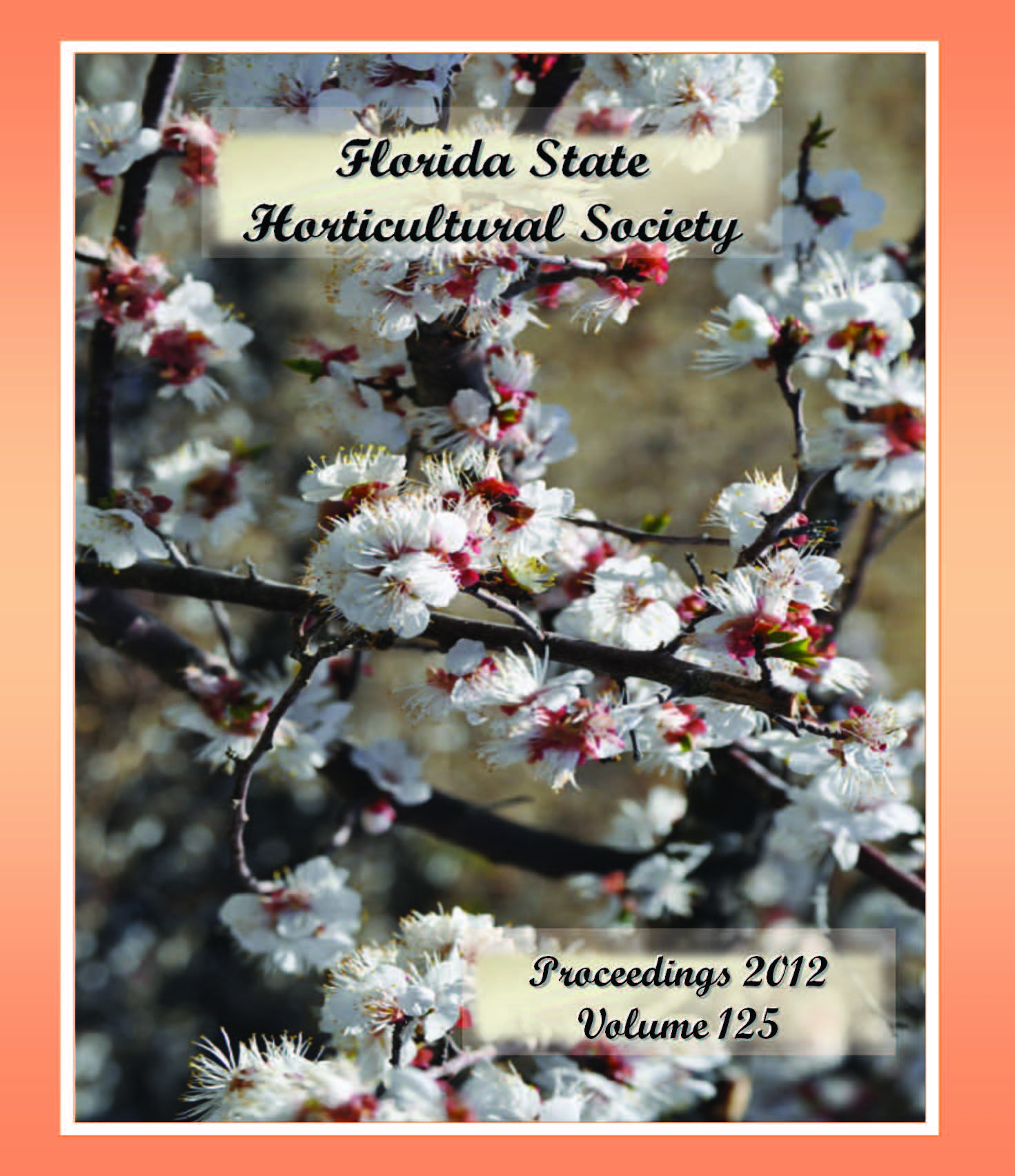Abstract
Recent freezes and citrus disease outbreaks have resulted in loss of dooryard citrus trees in Volusia County landscapes. Interest has increased among individuals looking for alternative plants to meet the demand of edible fruit trees in the landscape. A UF/IFAS research and extension team responded by providing educational opportunities to Volusia county homeowners, master gardeners and commercial-scale operations on the establishment of pomegranates as an ornamental tree and/or edible fruit in the dooryard. Educational opportunities included news articles, newsletters, seminars, a public broadcast television program, radio interviews and a fact sheet on basic establishment and aesthetic appeal of pomegranates. Four hundred pomegranate trees (30 varieties) were produced at the UF-IFAS Citrus Research and Education Center in Lake Alfred, FL as part of an ongoing project by W. Castle to evaluate pomegranate potential in Florida. The planting locations in either the dooryard or a commercial site of the 400 pomegranate trees sold from the program were recorded on a Volusia County map. All 400 trees were sold with future orders exceeding 125 trees. $2400 in proceeds from the tree sale provided funds for the extension 4-H youth program. Evaluation data obtained through rising of hands showed that 98% of 85 participants increased their knowledge about the establishment of pomegranate trees. All 400 trees were successfully planted in Volusia County dooryards. Popularity generated from this program sparked the need for further production by two nurseries in the central Florida area to meet the demand.

